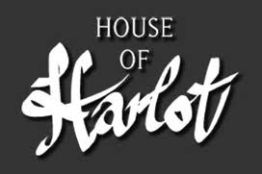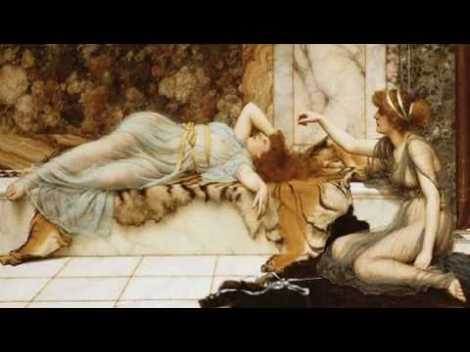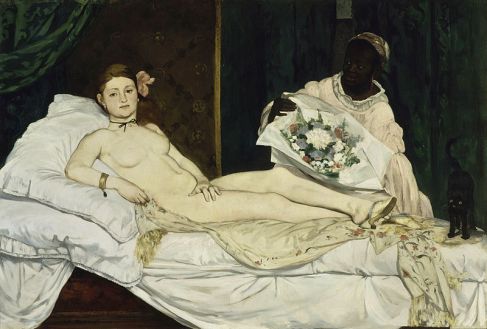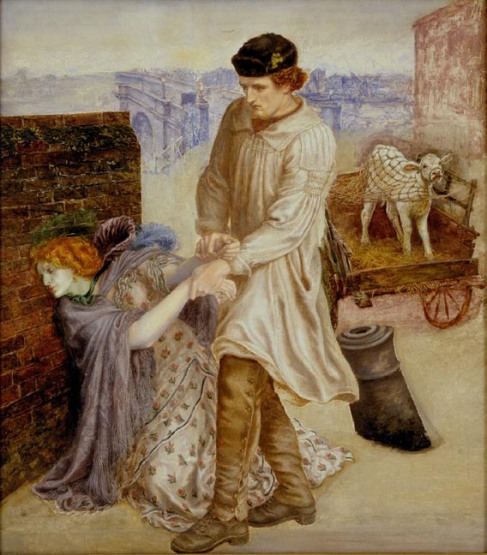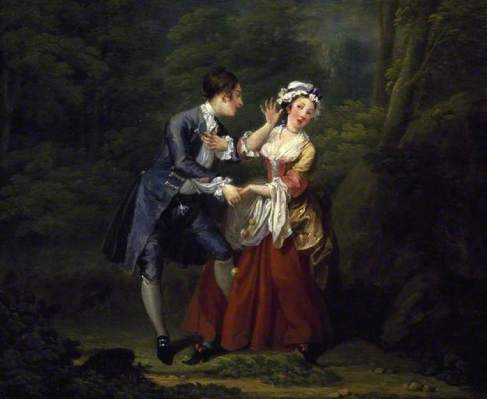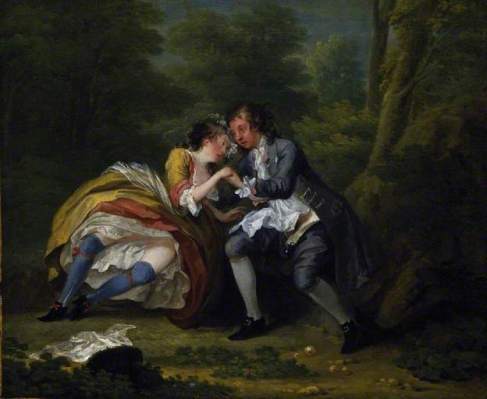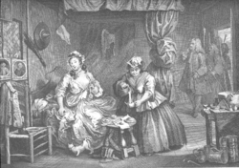By choosing scandal as our topic we were allowed to express our individual interests in the assigned readings. Whether the scandal involves members of politics, the royal family, or simply the upper class, there was a scandal to write about. These scandals may have revolved around sex, money, and love. These scandals were not always publicly known but if they were, the reaction surrounding them may have differed from what was expected, wither way Victorian Scandal presents the many ideas surrounding Victorian Era.
Since the theme of our group was scandal, we thought this post would be relevant to both our theme and the pictures that were assigned. During the 19th century anything to do with sex was considered scandalous.
https://victorianscandal.wordpress.com/2012/09/14/a-picture-is-worth-1000-words/
Victorian Morality or Hypocrisy is one of the blog posts that our group choose because it portrays our group’s theme of Victorian scandal. This post describes a popular scandal that occurred back in the 18th century involving Prince Albert Victor and his social standing in his kingdom.
https://victorianscandal.wordpress.com/2012/08/30/victorian-morality-or-hypocrisy/
When selecting from our various posts we wanted to select a post that truly fit our idea of scandal among members of Victorian society. The power that the royal family possesses leaves them particularly prone to these scandals, for this reason the “Illegitimate Sons and Daughters of the Royal Families” portrays the exact type of scandal they may have suffered.
In this post, Victorian scandal is extended to a contemporary audience. We chose it to show the differences and similarities in gender expectations as they pertain to sexual relations for the two eras. This post was also chosen for the modern interpretation on an otherwise historical perspective on Victorian scandal throughout the blog.
https://victorianscandal.wordpress.com/2012/09/17/httpwww-youtube-comwatchviljfvxad1_a/
We selected our final post “The Perks of Being Ruined” because the concept of being ruined during the Victorian era carried a particular shame to it, although many authors had the ability to shine an interesting light on the subject. In this post we dissected the poem by Thomas Hardy called “The Ruined Maid” in which the concept of being ruined in Victorian society may be evolving.
https://victorianscandal.wordpress.com/2012/09/26/the-perks-of-being-ruined/
Throughout the course of the past 6 weeks, our blogging style has changed- we have all grown more comfortable with reading older written works, then finding a way to apply it to our own topic. While we all have very different writing styles, we have come to mesh well together. Some blogs are written in an editorial style, in that they are formal and written without any sort of first-person aspect. Those posts tend to be the ones that have the most extensive research, as the writer seems to approach the blog post from a researcher’s standpoint. Other posts, like “The Perks of Being Ruined” are more casually written, and have to do more with interpretation of the writer’s literature than how it could apply to the theme of scandal in Victorian society. (However, Thomas Hardy’s poem happened to fit rather perfectly with our overall theme of scandal in general, as it was written about a prostitute’s descent/ascent into ruin.) In the future, those of us who write more casually or in a blog-style fashion, will incorporate more research and historical aspects into their posts, and hopefully vice versa, so that we can all come to a more uniform overall style for our blog.


